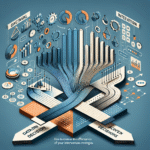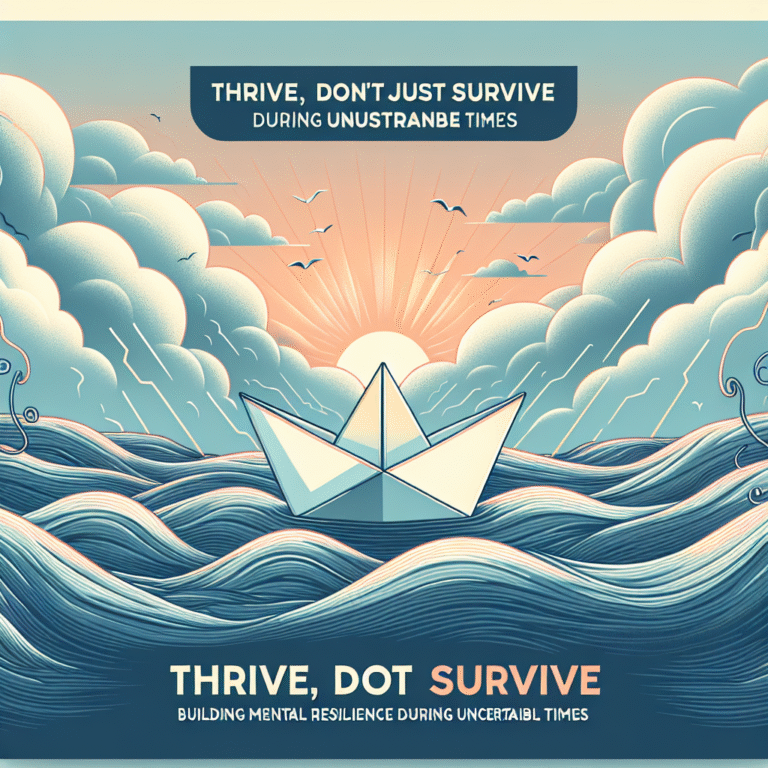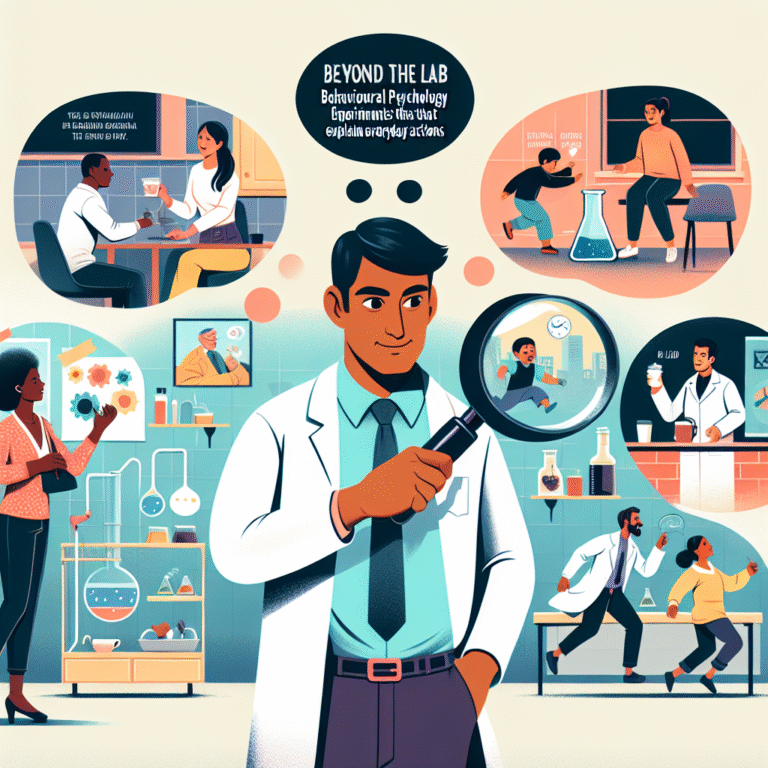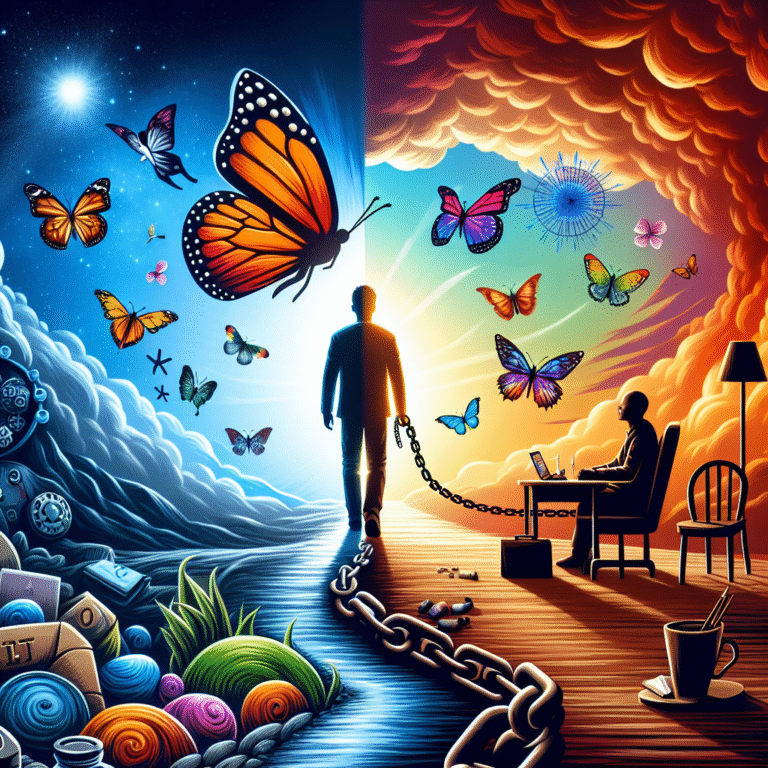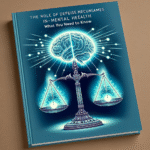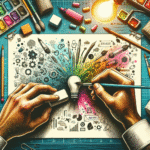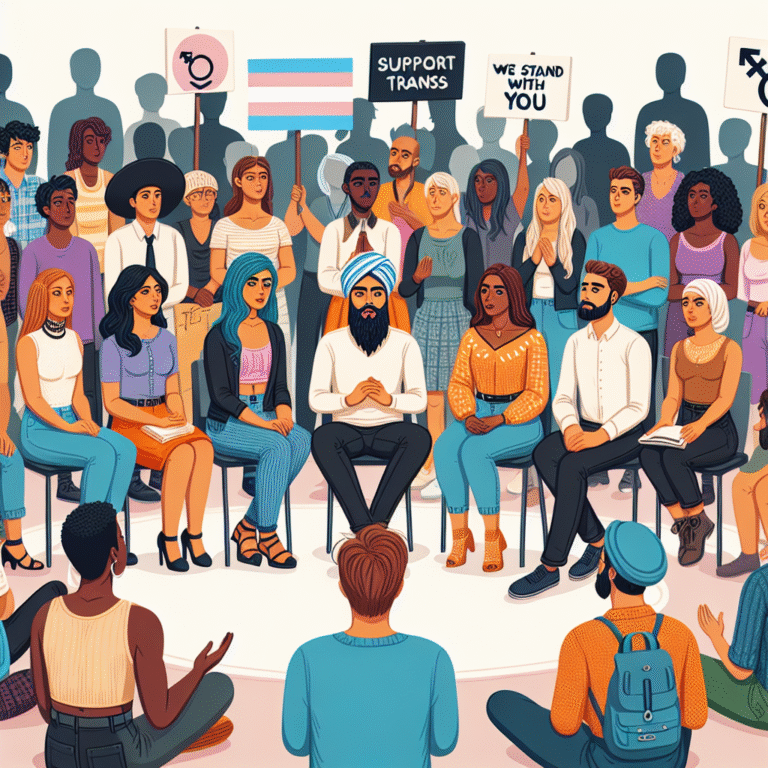
Understanding Behavioral Cues: The Ultimate Guide to How Subtle Psychological Triggers Affect Consumer Buying Behavior
Introduction
In today’s complex marketplace, understanding the intricate dance between consumer psychology and buying behavior is essential for businesses aiming to thrive. Behavioral cues—those seemingly minor and often subconscious triggers—can significantly influence purchasing decisions. This article dives deep into Behavioral Cues: How Subtle Psychological Triggers Affect Consumer Buying Behavior, exploring the psychological mechanisms at play and revealing how marketers can harness these cues to propel their strategies.
The Underlying Psychology of Buying Decisions
What Are Behavioral Cues?
Behavioral cues can be defined as subtle hints or signals that influence how a consumer feels or behaves. These cues can stem from environmental elements, social interactions, or marketing strategies, all designed to elicit a preferred response. Understanding these cues is pivotal in crafting effective marketing strategies that resonate with consumers.
The Psychological Framework
At the core of consumer behavior lies a series of psychological principles. Concepts from cognitive psychology, behavioral economics, and social psychology intersect to form a tapestry of understanding about how humans make decisions. Below are some critical psychological triggers:
- Scarcity: This principle suggests that consumers are more likely to purchase an item if they believe it is in limited supply.
- Social Proof: Many individuals look to others’ behavior as a guide for their own, making user reviews and testimonials powerful influencers.
- Anchoring: The initial piece of information (e.g., a high original price) serves as a mental benchmark and influences subsequent judgments.
Case Study: Scarcity in Action
In a well-documented case, a popular online retailer introduced limited-time offers that led to a significant spike in sales. The perceived urgency created by the scarcity of items compelled consumers to make quicker purchasing decisions.
The Role of Environmental Cues
Store Layout and Design
The physical environment plays a crucial role in shaping consumer behavior. From the layout of a store to the color of product packaging, every element can either attract or repel consumers.
- Visual Merchandising: The arrangement and presentation of products can guide consumer flow and draw attention to high-margin items.
Sensory Marketing
Incorporating sensory experiences—sight, sound, touch, taste, and smell—can create emotional connections with consumers.
| Sensory Marketing Element | Effect on Consumer Behavior |
|---|---|
| Color selection | Influences mood and spending |
| Music tempo | Affects shopping duration and amount spent |
| Pleasant aromas | Increases time spent in-store |
Case Study: The Starbucks Experience
Starbucks meticulously crafts its environment with inviting aromas of freshly brewed coffee and calming music. These factors combine to create a welcoming atmosphere, which encourages longer stays and increased spending.
The Impact of Social Cues
Testimonials and Reviews
In the age of digital information, word-of-mouth holds immense power. Consumer reviews serve as a behavioral cue, triggering trust and confidence in potential buyers.
- User-Generated Content: Encouraging customers to share their experiences can amplify social proof and build credibility.
Social Media Influence
Social media platforms harness the concept of social proof, allowing influencers to sway consumer decisions. Recommendations from trusted sources can drive significant traffic and sales.
Case Study: Influencer Marketing
One beauty brand’s collaboration with a popular influencer led to a marked increase in sales following her authentic endorsement of their product. This phenomenon exemplifies the power of social cues in contemporary marketing.
Subtle Psychological Triggers in Advertising
Emotional Appeals
Emotion is a powerful driver of behavior. Advertisements that evoke feelings—whether happiness, nostalgia, or fear—can create a memorable impression that influences buying decisions.
The Power of Storytelling
Effective storytelling can captivate consumers and create a narrative that resonates with their values.
| Emotional Appeal | Description | Example |
|---|---|---|
| Nostalgia | Connection to past experiences | Classic brands reinventing old ads |
| Happiness | Positive associations | Advertisements featuring joyful moments |
Case Study: The Dove Real Beauty Campaign
Dove’s Real Beauty campaign resonated with consumers by promoting genuine beauty standards. By leveraging emotional storytelling and relatability, Dove positioned itself as a champion of self-esteem, driving brand loyalty and increased sales.
The Neuroscience Behind Behavioral Cues
Implicit vs. Explicit Cues
Understanding the difference between implicit (subconscious) and explicit (conscious) cues helps marketers tailor messages appropriately.
- Implicit Cues: Often visual or emotional, these prompts may influence behavior without the consumer’s awareness.
- Explicit Cues: Direct calls to action (e.g., “Buy Now”) rely on the conscious attention of consumers.
The Brain’s Reaction to Cues
Research indicates that emotional and sensory stimuli trigger the brain’s reward center, enhancing the likelihood of a purchase.
Case Study: Neuromarketing Research
A leading beverage company utilized neuroscience to assess consumer reactions to different advertisements. Their findings revealed the most effective cues, allowing for optimization of marketing strategies that aligned with neurological responses.
Practical Applications for Marketers
Crafting Effective Messaging
- Identify Target Audience: Tailor cues to resonate with specific demographic segments.
- Leverage Scarcity and Urgency: Employ limited-time offers to drive quicker consumer decisions.
- Utilize Social Proof: Include testimonials and user-generated content to build trust.
Testing and Optimization
Marketers must regularly test different behavioral cues to determine effectiveness. Utilizing A/B testing can provide insights into which strategies yield the highest consumer engagement and conversion rates.
Emotional Connection
Fostering a deep emotional connection with consumers can lead to brand loyalty and repeat purchases. Brands should focus on storytelling techniques that align with their core values.
Conclusion
Understanding Behavioral Cues: How Subtle Psychological Triggers Affect Consumer Buying Behavior is essential in today’s competitive marketplace. By harnessing the power of psychological principles, environmental design, social proof, and emotional engagement, marketers can create strategies that not only attract but also retain customers. The landscape of consumer behavior is complex, but with these insights, businesses can navigate it effectively.
FAQs
1. What are behavioral cues?
Behavioral cues are subtle triggers that influence consumer behavior, including marketing strategies, environmental factors, and social interactions.
2. How do scarcity and urgency affect buying behavior?
Scarcity creates a sense of urgency, prompting consumers to act quickly for fear of missing out, which can lead to increased sales.
3. Why are social proofs important in marketing?
Social proof enhances trust and credibility, as consumers often rely on the experiences of others to guide their purchasing decisions.
4. Can emotions really influence purchasing decisions?
Yes, emotional connections can significantly impact consumer choices, making people more likely to buy products they feel an attachment to.
5. How can businesses test the effectiveness of behavioral cues?
Businesses can use A/B testing to experiment with different marketing strategies, allowing them to analyze which behavioral cues resonate most effectively with their audience.
By leveraging the insights presented in this guide, marketers can craft more effective strategies that align with consumer psychology and ultimately boost sales and brand loyalty.

